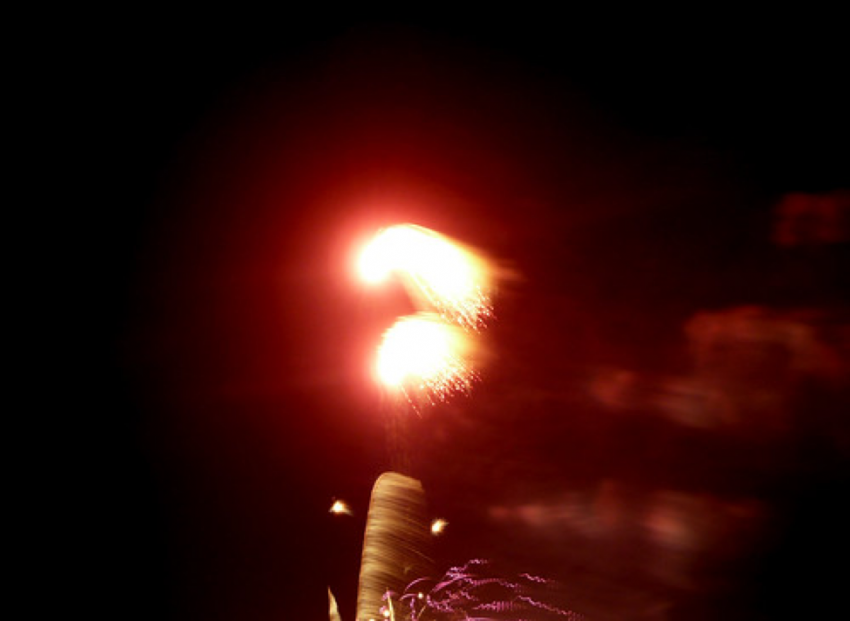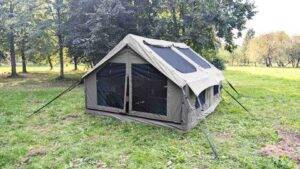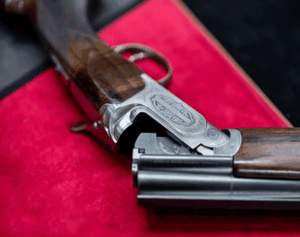
Image via Flickr by wiifm
Whether you’re driving, hiking, or sailing, safety signals are an important part of your survival kit. There are several different types of safety signal. Read on to find out more about each type and decide which is most appropriate for your situation.
Visual Signals

Visual signals include code flags, dye markers, smoke signals, electric distress lights, and distress flares. Code flags and dye markers are generally used at sea, while the rest may be used both on land and on the water.
There are two code flags in general use for boats: the International Signal for Distress (code flag N flown above code flag C) and the orange distress flag (or cloth) with a black square and a black circle. The second has the advantage of being identifiable from the air.
Dye markers are used to make your position more visible and draw attention to your situation. They consist of a strong bright orange or green dye that rapidly disperses in the water around your vessel.
Smoke signals create a plume of colored smoke that can attract the attention of rescuers from many directions.
Visual signals for nighttime use
The problem with code flags, smoke signals, and dye markers is that they’re no help at nighttime or in the dark. What is a common feature of all distress flares? The “flare” part. A flare sends up a bright flash of light, easily visible even at night or from a distance. Electric distress lights are also visible in low-light conditions.
Types of flare
Handheld flares are good for line-of-sight use. As the name suggests, they are designed to be held by the user. They burn for one minute. It’s important to handle the flare carefully and not look directly at it — the bright light can cause damage to your eyes.
Parachute or rocket flares have an explosive charge that shoots the flare up into the air, sending a signal that can be seen for miles. They may be shot from a flare gun.
There are also hand-held smoke flares, although these are only effective for daytime use.
Electric distress lights
Battery-powered and powerful, electric distress lights can be placed on your boat or floated in the water near your vessel. They produce a strong, bright light and also flash the international SOS distress signal. Look for a sticker on your distress light that tells you it’s Coast Guard approved. Poor quality distress lights may not be bright enough or last long enough to be effective.
Regulations governing safety signals
When selecting safety signals, be aware of the regulations governing the requirements for your vessel. These will depend on the size of your boat and whether it’s human-, sail-, or engine-powered. For smaller vessels, you may only be required to carry night signals if you’re on the water during the hours of darkness. Larger vessels may be required to carry both day and night signals.
No matter your outdoor activity of choice, it’s always best to start with safety!







